The poorest households in the UK have suffered “more intense forms of destitution” over the last decade, says new research that offers a contrast to official figures.
Over the last decade the poorest tenth of the population have seen their disposable income fall by 7%, with Black people, women and children hit the hardest, the study says.
Dr Daniel Edmiston told the British Sociological Association’s online annual conference today [Tuesday, 13 April] that while official statistics showed that overall there had been little change in the proportion living below the poverty line, those far below it had fared worse.
Dr Edmiston, of the University of Leeds, used data collected by the Family Resources Survey on 19,000 UK households to study the net income of people after they had paid housing costs.
He found that while most of the population living under the poverty line saw a rise in their annual income between 2010 and 2019, during these years the proportion of low-income households falling more than 50% below the poverty line grew from 30.3% to 32.8%.
Those in the bottom 10% of the income distribution saw a fall of 7% after inflation was taken into account. In the years 2010-2019 this represented an average annual fall of £248.
Between 2010 and 2019, the proportion of children in the lowest 10% of income distribution increased by 11%, and the proportion of women by 2%. Women formed around half of those in the poorest group and children just over a quarter.
The proportion of Black people in the lowest 10% of income distribution increased by 11%, and those of Pakistani ethnicity fell by 23% and Bangladeshi by 36%.
Dr Edmiston said that official statistics showed that the proportion of people living below the poverty line – defined as those below 60% of the average income – had remained at around 22% over the past decade.
However, this “may actually lead to a misrepresentation of current trends,” he told the conference. “Official statistics tell a story of remarkable stability in relative poverty rates with only minor or temporary upticks for particular groups in recent years.
“An official briefing from the House of Commons library, reporting on poverty depths concluded that ‘on average, people living below the poverty line have moved closer towards it’.”
However, his work showed that while “those closest to the poverty line have seen relative improvements in their incomes…there has been a deepening and intensification of financial hardship for those towards the very bottom of the income distribution.
“We are witnessing increased material hardship and more intense destitution amongst those most vulnerable to socio-economic and welfare state restructuring in liberal welfare regimes such as the UK. A consequence of these trends is that an increasing proportion of low-income households are falling further away from the poverty line.”
Among the reasons for this were that reforms to the tax-benefit system had reduced the availability and amount of social security in the UK since 2010, he said. Over the last decade, Crisis Loans, the Child Trust Fund, the Education Maintenance Allowance and elements of Child Tax Credit and Working Tax Credit have been abolished. Prior to the pandemic, Universal Credit was made less generous for the poorest households. In 2016, the majority of working-age benefits were frozen for four years, along with tax credits and local housing allowances.
- When considering the poorest 5% of the population, Dr Edmiston excluded statistics relating to the poorest 1% to 3%. This follows the convention of the Department for Work and Pension and makes it possible to measure outcomes of those that are a significant distance from the poverty line, without compromising on data quality. More detail of the research can be seen at: http://eprints.whiterose.ac.uk/170704/
For more information, please contact:
Tony Trueman
British Sociological Association
Tel: 07964 023392
tony.trueman@britsoc.org.uk
Notes:
- The British Sociological Association’s annual conference, its 70th, takes place online from 13 to 15 April 2021. Around 500 research papers are being presented. The British Sociological Association’s charitable aim is to promote sociology. It is a company limited by guarantee, registered in England and Wales. Company Number: 3890729. Registered Charity Number 1080235 www.britsoc.co.uk
- The University of Leeds is one of the largest higher education institutions in the UK, with more than 38,000 students from more than 150 different countries, and a member of the Russell Group of research-intensive universities. The University plays a significant role in the Turing, Rosalind Franklin and Royce Institutes. We are a top ten university for research and impact power in the UK, according to the 2014 Research Excellence Framework, and are in the top 100 of the QS World University Rankings 2021. Additionally, the University was awarded a Gold rating by the Government’s Teaching Excellence Framework in 2017, recognising its ‘consistently outstanding’ teaching and learning provision. Twenty-six of our academics have been awarded National Teaching Fellowships – more than any other institution in England, Northern Ireland and Wales – reflecting the excellence of our teaching. Over a third of our academics are involved in applied research or as consultants to industry, and over the last ten years, the University of Leeds has produced more than 100 ‘spin-out’ companies. www.leeds.ac.uk Follow University of Leeds or tag us in to coverage
Twitter Facebook LinkedIn Instagram Contact L.Ballinger@leeds.ac.uk for more information
For more information, please contact:
Tony Trueman
British Sociological Association
Tel: 07964 023392
tony.trueman@britsoc.org.uk


